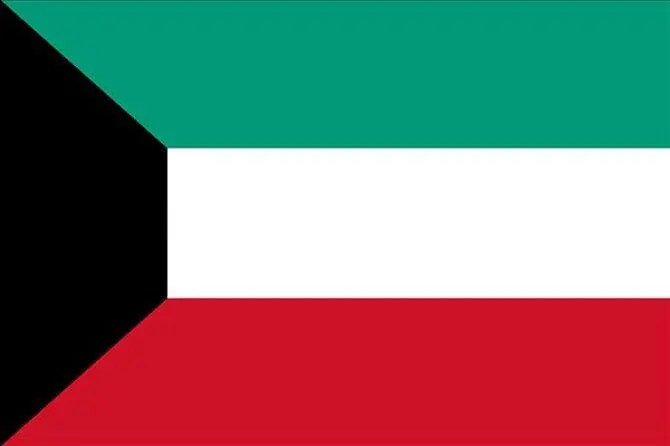Overview of Kuwait

Overview of Kuwait
Kuwait, also known as the State of Kuwait in Arabic, is located on the northwest coast of the Persian Gulf in western Asia, adjacent to Saudi Arabia and Iraq. It borders the Persian Gulf to the east and faces Iran across the sea. Its coastline is 290 kilometers long, with 9 islands including Bubiyan and Faraka, a water area of 5625 square kilometers, and a total area of 17818 square kilometers.
Population and Ethnicity
As of December 2023, the population of Kuwait is 4.859 million, with Kuwaiti nationals accounting for approximately 32%. The main ethnic group is Arabs, the official language is Arabic, and the main religion is Islam (Sunni).
historical background
The history of Kuwait can be traced back to the 7th century AD, when it was part of the Arab Empire. After 1871, it belonged to the Ottoman Empire, became a British colony in 1899, and gained independence in 1961. In 1990, it was invaded by Iraq and triggered the Gulf War. Restoration in 1991.
Political system
Kuwait is a hereditary monarchy, with the Emir serving as the head of state and supreme commander of the armed forces. The constitution stipulates that Kuwait is a sovereign and independent Arab country, with Islam as the state religion. The government implements a high welfare system, the political situation is stable, and the security situation is good.
Economic situation
Kuwait's economy is mainly based on oil and natural gas resources, with proven oil reserves ranking seventh in the world and natural gas reserves ranking eighteenth in the world. The oil and gas industry is the backbone of the national economy, with its output accounting for 45% of the gross domestic product. Despite the unfavorable climate for agriculture, Kuwait has begun to develop various economies and reduce its dependence on oil.
Culture and Tourism
The symbolic buildings of Kuwait include the Kuwait Water Tower and the White Poplar Palace. The Kuwait Water Tower is located in the northeast corner of Kuwait City and has three cone-shaped water storage towers, with two main towers standing at 187 meters and 147 meters respectively. The White Poplar Palace is a gem of modern architectural art in Kuwait, combining elegant Islamic style with modern architectural art.
Climate characteristics
Kuwait belongs to a tropical desert climate, with an annual rainfall of only 108 millimeters. The summer is hot and dry, with a maximum temperature of 51 ℃. The winter is humid and rainy, with a minimum temperature of -6 ℃.
The economic profile of Kuwait mainly includes the following aspects:
Gross Domestic Product (GDP)
In 2023, Kuwait's GDP is approximately 161.77 billion US dollars. In addition, Kuwait's Gross National Income (GNI) was $194.324 billion, a decrease of $14.487 billion from the previous year but an increase of $69.487 billion compared to 2010.
Economic growth expectations
Kuwait's economy is expected to return to an upward trend by 2025, with an estimated oil GDP growth rate of 4%. The latest economic insight report from Kuwait's largest financial institution, the National Bank of Kuwait (NBK), indicates that with the improvement of the global economic environment and the implementation of domestic reform measures, the Kuwaiti economy is expected to experience steady growth in 2025.
Natural Resources and Economic Structure
Kuwait's main economic sources are oil and natural gas. Although Kuwait has abundant oil resources, its freshwater resources are very scarce. Due to its location in a desert area, the annual precipitation is extremely low and the annual evaporation is high, making it difficult to retain freshwater resources. In order to meet the needs of daily life and industry, Kuwait extensively exploits groundwater.
investment environment
Kuwait's investment environment is attractive to foreign investment. China's outward investment cooperation in Kuwait is also constantly increasing. In 2023, China's outward non-financial direct investment reached 130.1 billion US dollars, a year-on-year increase of 11.4%, ranking among the top three in the world for 11 consecutive years. In addition, the Kuwaiti government is actively promoting domestic reform measures to promote steady economic growth.
In summary, Kuwait's economic profile demonstrates its abundant oil resources, potential for economic growth, as well as the challenges and reform measures it faces.

